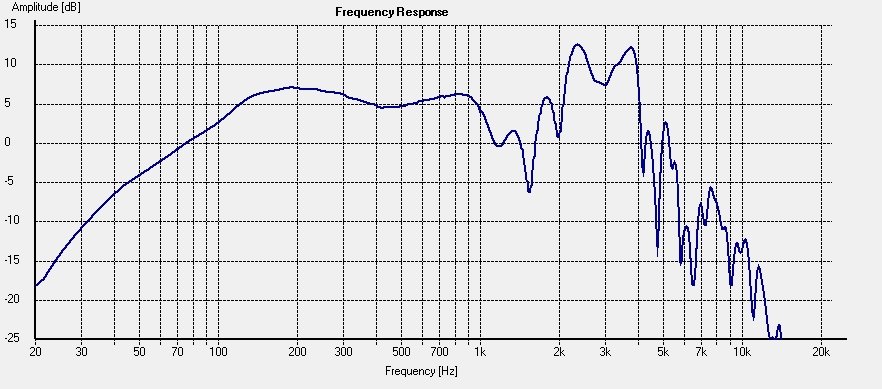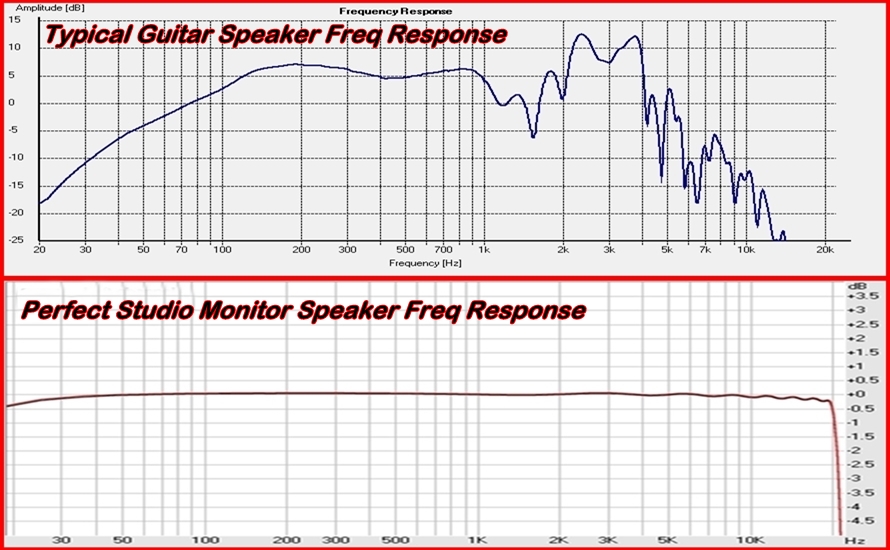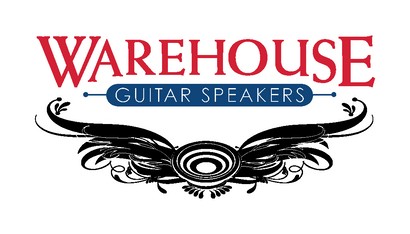Your Cart is Empty
NOW FREE SHIPPING TO 48 CONTIGUOUS UNITED STATES ON ALL ORDERS!!!
What Guitar Speaker Frequency Response Charts Really Mean
by vaughn skow May 23, 2018 2 min read
Okay, I'm back on point with a spec-related topic. A couple weeks back we discussed just how VERY important the SPL (efficiency) spec is in choosing a guitar speaker. This week is kinda the flip side of the coin ... how LITTLE importance the frequency response spec means! Intrigued? Well then, let's jump in!
You may just have noticed that WGS generally does not even publish frequency response charts for it's speakers while some other companies do. What's up with that? Well, we don't want to mislead folks, that's what! Here are the talking points: First that graph would only represent the speaker hanging in mid air with out a cabinet (termed "infinite baffle")! Is that realistic? Of course not, the difference the cabinet makes is HUGE. Second, some of the "worst" looking frequency graphs are actually of the BEST sounding speakers. Here's what I mean: Below is an example of a near perfect studio monitor ... almost ruler-flat throughout the entire 20Hz to 20Khz human hearing range. If I'm mixing a record, this can be a great tool, so I'll hear EVERYTHING equally represented, from the lowest notes of a 6-string bass to the highest harmonics of a splash cymbal.

But ... this response would sound terrible as a guitar speaker, it would sound sterile, clinical, dry, and lifeless, ugg! Now check out the graph below of a typical guitar speaker. Looks awful, right ... I mean it's nowhere even CLOSE to "flat".

But see, this is often EXACTLY what makes for a great guitar speaker. That big 2.5-4k spike really brings out the urgency and detail in an electric guitar, the steep drop-off above 5K keeps distorted tones and harmonics from sounding fizzy, and where it seems to be severely lacking in bottom-end, the cabinet kicks in and enhances those frequencies in a magical way.
I hope I've made my point! With a guitar speaker it is a TOTALLY symbiotic relationship between the amp, the cabinet, and the speaker ... plus of course all the effects and the player themselves. So please dear friends, don't get hung up on frequency charts and fail to see the forest around you because you are fixated on a single tree.

Leave a comment
Comments will be approved before showing up.
